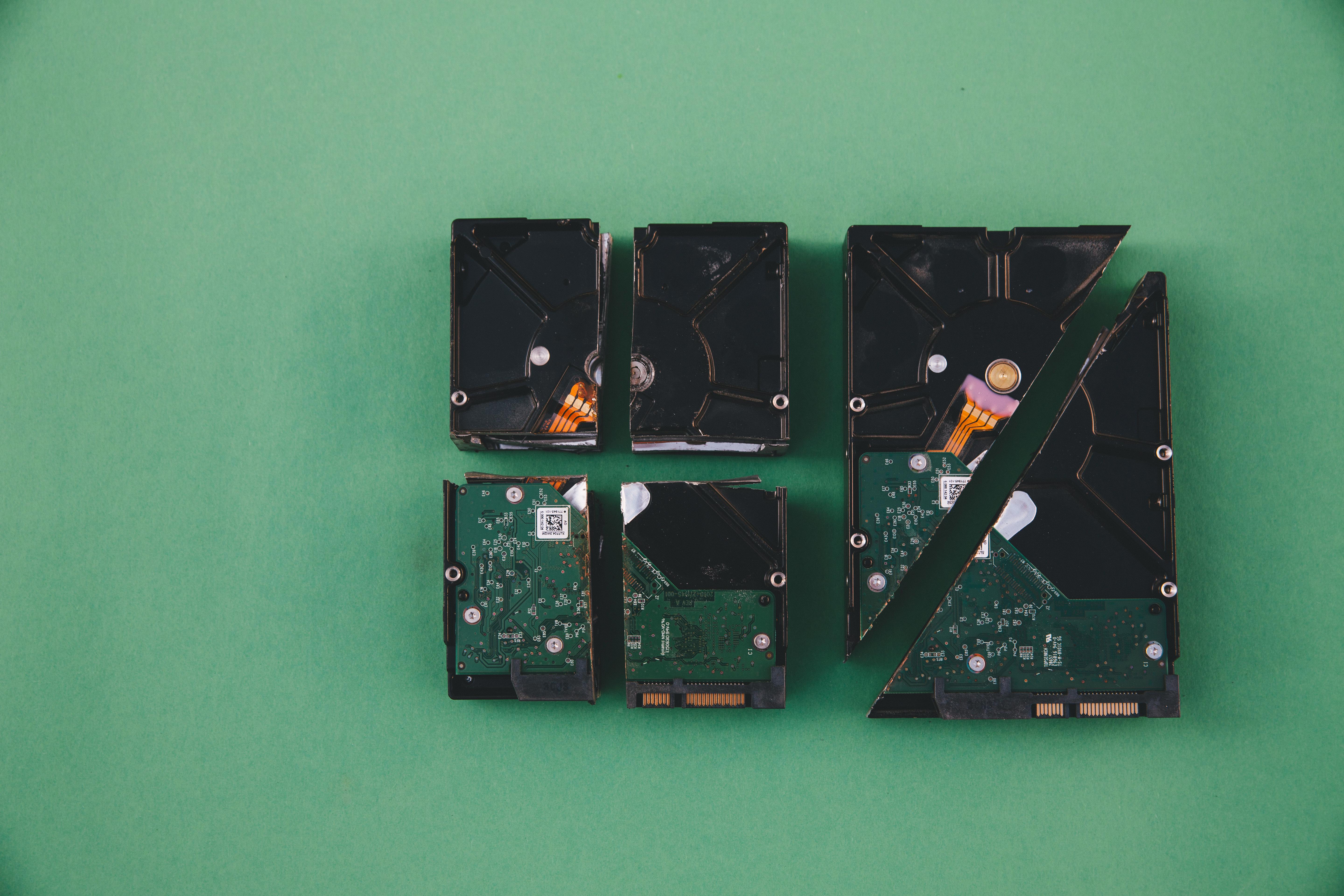How to Unpartition a Hard Drive on Mac: A Comprehensive Guide

Partitioning a hard drive allows you to divide a single physical drive into multiple logical sections, each functioning as an independent unit. This can be useful for organizing data, installing multiple operating systems, or creating separate backup spaces. However, there may come a time when you need to reverse this process and consolidate these partitions back into a single volume. This guide will walk you through the steps to unpartition a hard drive on your Mac using the built-in Disk Utility application.
Understanding Partitions and Volumes on macOS
Before diving into the unpartitioning process, it’s important to understand the terminology. In macOS, particularly with the introduction of the Apple File System (APFS), the concept of “volumes” within a “container” has become more prevalent than traditional “partitions.” APFS containers can dynamically share space among multiple volumes, offering more flexibility than rigid partitions. However, if you have created traditional partitions, or if you wish to revert a partitioned drive to a single volume, the process is similar.
Key File Systems to Consider:
- APFS (Apple File System): The modern default for Macs with SSDs, optimized for speed, security, and efficient space management. It supports features like snapshots.
- Mac OS Extended (HFS+): The older native file system for Macs, still used for mechanical drives and compatibility with older macOS versions.
- ExFAT: A cross-platform file system compatible with both macOS and Windows, ideal for external drives used across different operating systems.
Before You Begin: Essential Preparations
Unpartitioning a hard drive involves erasing data from the partitions you intend to remove. Therefore, thorough preparation is crucial to prevent data loss.
1. Back Up Your Data
This is the most critical step. Before you begin the unpartitioning process, ensure that all important data from the partitions you plan to remove is backed up to an external drive, cloud storage, or another safe location. You can use Time Machine or other backup software for this purpose.
2. Identify the Target Drive and Partitions
Open Disk Utility and identify the specific hard drive and the partitions you wish to consolidate. Understanding the structure of your drive, especially if it’s an internal drive with multiple volumes or partitions, is key.
How to Unpartition a Hard Drive Using Disk Utility
Disk Utility is the primary tool for managing storage devices on macOS. The process of unpartitioning typically involves deleting existing partitions and then re-applying the space to the main volume or creating a new, single partition.
Step 1: Launch Disk Utility
You can find Disk Utility in the Applications folder, under the Utilities subfolder. Alternatively, you can use Spotlight search (Command + Space bar) and type “Disk Utility.”
Step 2: Show All Devices
In Disk Utility, it’s essential to view all devices, not just volumes. Click on the View menu in the top-left corner of the Disk Utility window and select Show All Devices. This will display the physical drive and its associated partitions or volumes in the sidebar.
Step 3: Select the Drive or Container
In the sidebar, locate and select the physical drive or the APFS container that holds the partitions you want to remove. If you are removing a partition from an internal drive, be extremely careful to select the correct drive.
Step 4: Access the Partitioning Tools
With the drive or container selected, click the Partition button in the toolbar at the top of the Disk Utility window. This will display a graphical representation (a pie chart) of the drive’s current partitions.
Step 5: Delete Unwanted Partitions
- In the pie chart, select the partition you wish to remove.
- Click the minus (-) button located below the pie chart. This action will remove the selected partition and return its space to the main volume or create free space.
- Repeat this process for all partitions you want to delete.
Step 6: Apply the Changes
Once you have removed all the desired partitions, click the Apply button. A confirmation dialog will appear, detailing the changes that will be made. Review these changes carefully and then click Partition to proceed.
Step 7: Finalize the Process
Disk Utility will then reconfigure the drive based on your selections. Once the process is complete, click Done.
Alternative Method: Erasing the Entire Drive
If you want to completely reset the drive to a single, unpartitioned state, you can use the “Erase” function in Disk Utility. This method will delete all data and partitions on the selected drive, allowing you to reformat it as a single volume.
Step 1: Launch Disk Utility and Select the Drive
Follow Steps 1 and 2 above to launch Disk Utility and ensure “Show All Devices” is selected. Then, select the physical drive you wish to erase from the sidebar.
Step 2: Initiate the Erase Process
Click the Erase button in the toolbar.
Step 3: Configure Erase Options
- Name: Enter a name for the drive (e.g., “My External Drive”).
- Format: Choose a file system format. For general use, APFS is recommended for modern Macs, while Mac OS Extended (Journaled) is suitable for older Macs or specific compatibility needs. ExFAT is best for cross-platform compatibility with Windows.
- Scheme: For most modern Macs, select GUID Partition Map.
- Security Options (Optional): For enhanced data security, you can choose to overwrite the data multiple times. However, for Solid State Drives (SSDs), a single secure erase is often sufficient to preserve drive longevity.
Step 4: Erase the Drive
Click the Erase button to begin the process. Confirm the action if prompted. Once completed, click Done.
Important Considerations and Troubleshooting
- Boot Camp Partitions: If a partition was created using Boot Camp Assistant for Windows installation, do not use Disk Utility to remove it. Instead, use Boot Camp Assistant itself to manage or remove the Windows partition.
- APFS Containers vs. Partitions: With APFS, Apple often recommends creating multiple volumes within a single container rather than traditional partitions. If you have an APFS container, you might be deleting volumes within it rather than partitions.
- Data Recovery: If you accidentally delete a partition or lose data, specialized data recovery software like Disk Drill might be able to help recover lost partitions or files, provided no new data has overwritten the lost data.
- Drive Not Appearing: If your drive or a partition is not appearing in Disk Utility, ensure it is properly connected. You may need to use the “Show All Devices” option. If a drive is greyed out, try selecting it and clicking the “Mount” button.
- Partitioning for Specific Needs: When partitioning for dual-booting with Windows, use Boot Camp Assistant. For general data organization on external drives, ExFAT is often a good choice for cross-platform compatibility.
By following these steps, you can effectively unpartition your hard drive on a Mac, consolidating space and simplifying your storage setup. Always remember to back up your data before making any significant changes to your disk structure.









